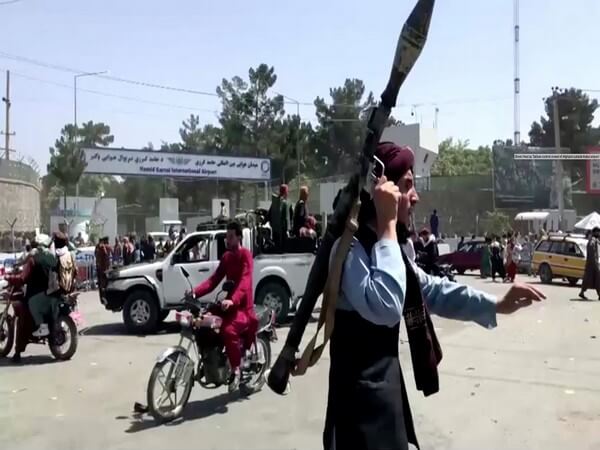
The Mess that is Afghanistan
Wed, 18 Aug 2021 | Reading Time: 8 minutes

The Mess that is Afghanistan
Lt Gen Syed Ata Hasnain (Retd)
I chose this title to keep the scope of this essay open ended because the current situation in Afghanistan is too tenuous at present to get any clear cut answers. What we should be getting to look at is the trends and what we make of them. However, there are a few questions which can be clearly answered and the same will provide the clarity we are seeking.
No one can deny the fact that the entire world’s prediction about the unfolding events of a military nature in Afghanistan was wrong primarily because of a failure to understand the unique Afghan way of life. All of us relied upon western parameters of war fighting or applied our own national strategies to draw conclusions about the longevity of the Afghan National Security Forces (ANSF).
We took solace in the fact that they were 350,000 strong. Many were trained in India too and some equipment was provided by us. However, we never took a realistic audit of what the effect of that training was or how the equipment was being employed. We blindly followed all that the US stated. The fact that 8000 ANSF personnel on an average were getting killed every year for the last four years was an eye opener but it hardly pushed us to investigate this more seriously.
Ours was a soft power mission in Afghanistan and we earned considerable goodwill but that did not give us the reality of the picture which could emerge. I expected that just like the battle for Mosul was fought in Northern Iraq or for Raqqa, there would be a professional fight for the built up areas, street by street. However, only a few in India knew the reality on the basis of their experience, among them some high quality diplomats who corrected my perception a few weeks ago stating that battles in Afghanistan do not take place the way they did in Syria and Iraq.
A former senior diplomat informed me that the ANSF was structured on the pattern of US forces and this was alien to them. They usually fought with cluster and not professional loyalties. Money changed hands all the time. Victories in battle were bought and sold by influential commanders. The most amazing thing was the corruption where for some years there were fake rolls of soldiers maintained and payments made to them were pocketed by corrupt officers. Money meant for logistics was swindled leaving soldiers with no food and no supplies even when they fought hard pitched battles.
Thus it was clear that a huge humbug was created by consuming 80 billion USD to set up a 350,000 strong ANSF which could only show the Taliban the way to enter the cities rather than resist it. No wonder the US assessment of ‘Kabul in 90 days’ went wrong by 87 days.
One of the most monumental intelligence failures of the current times occurred even when the US had the technological means never available before. The entire concept that the US projected was that the ground war would be fought by the Afghan forces with total intelligence, information and air support from the US. It failed to build up the right leadership to undertake responsibility without this support. The least that could have been done was air support launched from some fall back air bases in Pakistan over whom the US continues to have leverage.
In retrospect, as stated by many within a social media group, it’s the withdrawal operation of war which is the most difficult to implement. The US is learning it the hard way each time. The over dependence on the military option that Ashraf Ghani adopted was a result of poor appreciation and even worse advice.
The virtual inability of the US to meet its goals, despite what President Biden claims, is clearly sending the message to many smaller nations and organizations that the US may successfully undertake counterterrorism but in counter insurgency it clearly lacks the will, stamina and even skill. While I agree that small wars on large scale, which is what the war against Taliban was, will not be the US forte, I do not agree that this is the end of the US military domination. That is a different domain for discussion.
When and how quickly will the Taliban restore order or will Afghanistan continue to witness anarchy. Failed state or functioning state, the UN and the international community owes it to the people of Afghanistan to prevent a humanitarian crisis developing. The problem is that the Taliban is also a house divided; it’s not a monolith, with lots of ethnic and tribal loyalties owing allegiance to cliques and sectarian trends. The relations that these separate entities may enjoy with different powers would come in the way of keeping unification.
Some external trigger seems to be provided by Russia with an initiative by the Russian Ambassador. The Pakistanis are not yet showing up visibly lest they be blamed for enabling the Taliban. However, statements emanating from Pakistan show as if Afghanistan has been actually liberated to begin a new existence under an evolved and liberal order. That Pakistan bears responsibility for much of what is happening is well known. It will also work overtime to ensure that India plays a minimum or if possible, no role in future working of the Taliban.
Further on normalcy. Taliban has placed no restrictions so far on the exit of Afghan nationals; those who worked for foreign missions or for the government. There are no running reprisals reported. But the news focus is all on Kabul at present; no news is coming out from other cities and the rural areas. Much of this attitude on part of the Taliban is obviously for greater legitimacy, a projection it seems to be putting up for tactical purposes. It does not want paralyzed government machinery without any skilled workers and educated staff. However, sooner than later its own cadres will demand their pound of flesh and that could lead to chaos.
The real issues will come to the head a few months down the line. Most influential nations of the international community have made it known that recognition and legitimacy will come after monitoring the social environment including the treatment of women and the control over reprisals. There are thousands of lethal weapons which are in the hands of the Taliban and the former ANSF. These have to be brought under control even as an official new Afghan National Army is formed. The balance weapons need to be placed under control lest they form a pipeline to other potential turbulent areas where the Taliban may have its interest.
It is quite apparent that replicating the deals that the Taliban probably made with some of the ANSF commanders over the last couple of months, similar deals were also made with many other former elements in the government machinery. Former President Hamid Karzai, former Foreign Minister Salahuddin Rabani and former Deputy President Karim Khalili are all among the influential leaders who are overseeing the transition. How much influence they will exercise remains to be seen.
Some former ANSF personnel are apparently already kept in charge of specialist equipment which has been captured / handed over. It does mean that for some time thought has been given to post victory configuration and things may start to fall in place soon if the different cliques can come together.
There are some assumptions being made that the aggregation of transnational terrorists may take place in Afghanistan. It’s not wrong to assume that under conditions of the current mess some Islamist terror groups could find it convenient to move in and establish networks. Taliban is known to have large scale contacts with terror organizations and has shown no proof of having departed from that practice. Yet, it may be an oversimplification to assume that Taliban will immediately get back to the game of terror. It may eventually depend on which factions within it dominate.
It is doubtful that the Taliban would be willing to make itself vulnerable once again by providing safe havens for terror groups. It has been opposed to the Islamic State and some of the Pakistani groups. In this area whatever happens can develop either very soon while control over activities is low, or much later after deliberations on the future strategic course the Taliban would like to follow.
China has welcomed the Taliban as was expected. It has several interests here. Firstly, along with Russia it is concerned about the vulnerability of the contiguous Muslim dominated zone to include Central Asian Republics (72 million Muslims) and the Xinjiang (22 million) area. It would not want the Taliban to undertake anything to compromise the stability and security of this vulnerable area.
Secondly this is supposed to contain some of the lucrative arms of the Belt and Road Initiative (BRI) which in this area has as strategic a connect as economic. It would like to extend its reach into the area now known as the zone of the New Great Game. Thirdly, the availability of minerals (un-quantified) and rare earths is a major temptation for China and will be a great source of wealth for the Taliban.
Fourthly, if the US is denied strategic presence here the Chinese would automatically consider it an advantage for themselves. It is to be seen whether the Chinese will be willing to provide financial assistance to Afghanistan. Not known for providing free lunches and development assistance the Chinese may have to provide the Taliban up to 10 billion USD until more arrangements are made through international funding if the conditions improve.
A nation which will probably emerge extremely influential is Iran. It has its strategic linkages with both Russia and China and has its interests deeply embedded in the safety and security of the Shia minorities. Tajikistan in the north too is an important nation. India must enhance its links with both nations.
There are many other issues which can be under early assessment and the temptation to assess at this stage is high. However, there are two queries put to me on a regular basis. Firstly, what effect will the Taliban takeover have over Pakistan’s strategic behavior and its relationship with India, especially concerning internal security in India and in the Union Territory of J&K in particular. Secondly, should India be engaging the Taliban in view of the fact that nothing majorly negative has emerged in the utterances of Taliban representatives so far. A brief articulation on these is necessary to round up the essay.
For Pakistan much depends on Taliban 2.0’s strategic outlook. If it wishes to consolidate and only then seek its options, Pakistan may receive short shrift to its ambitions of being one of the most influential players. If the Taliban 2.0 is a replica of the 1.0 variety, then Pakistan’s original grand strategies of an Islamized region serving the interests of the larger Ummah could materialize. This strategy was adopted for two purposes; to enhance Pakistan’s status within the Islamic world and to neutralize India’s asymmetric advantage.
It is always tempting to say that India of 1989 and 2021 are poles apart in confidence and capability. India has stabilized J&K but its internal security is yet tenuous on some counts. That is the reason why India will need to be extremely vigilant, ensuring that terror and separatist networks are not allowed to proliferate and its recent achievements in J&K are stabilized to an even greater level.
Lastly, the question is whether India should engage with Taliban 2.0 or not. We have pulled out our embassy staff including the Indian Ambassador from Kabul which is actually a message of no confidence in Taliban 2.0. Perhaps the risk to maintain an official presence in Kabul was excessive especially since there were no indications of emerging normalcy and also because we had taken no line of engagement for all these years.
Perhaps India depended far too much on the US and did not wish to displease it by reaching out to those parties the US considers as adversaries – Iran and Taliban in this context. Yet it was in India’s interests to have maintained some contact for potential future dealings.
Now with the fait accompli a fresh start will have to be made. Fortunately, the common man’s perception of India remains extremely positive and the history of soft power assistance that India has rendered could yet act as a temptation. Care will need to be taken of the fact that Pakistan will work overtime to prevent the emergence of any India-Taliban 2.0 relationship. However, the assistance of Qatar, Iran and Russia would be useful in this regard, when that juncture finally arrives.
*******
Author

Lt Gen Syed Ata Hasnain (Retd), PVSM, UYSM, AVSM, SM, VSM* former Commander of Indian Army’s Srinagar Corps, focuses on trans-national and internal conflicts in Asia and the Middle East with particular emphasis on issues revolving around Radical Islam. He is the Chancellor of Central University of Kashmir and speaks extensively at Indian and international institutions on a wide variety of subjects revolving around strategic affairs and leadership.
Disclaimer
The opinions expressed in this article are the author’s own and do not reflect the views of Chanakya Forum. All information provided in this article including timeliness, completeness, accuracy, suitability or validity of information referenced therein, is the sole responsibility of the author. www.chanakyaforum.com does not assume any responsibility for the same.
Chanakya Forum is now on . Click here to join our channel (@ChanakyaForum) and stay updated with the latest headlines and articles.
Important
We work round the clock to bring you the finest articles and updates from around the world. There is a team that works tirelessly to ensure that you have a seamless reading experience. But all this costs money. Please support us so that we keep doing what we do best. Happy Reading
Support Us





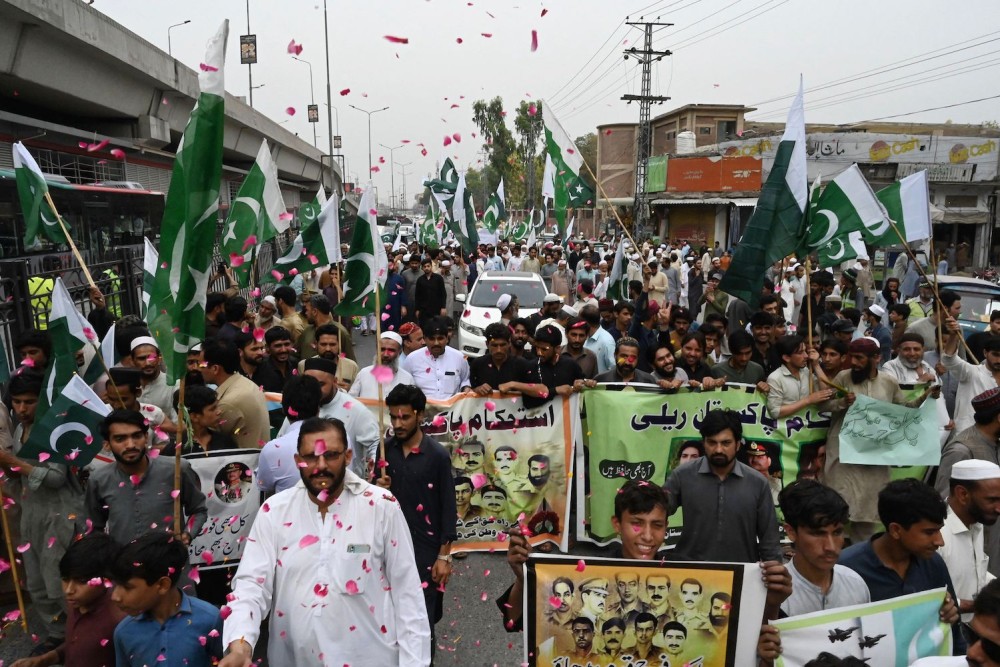
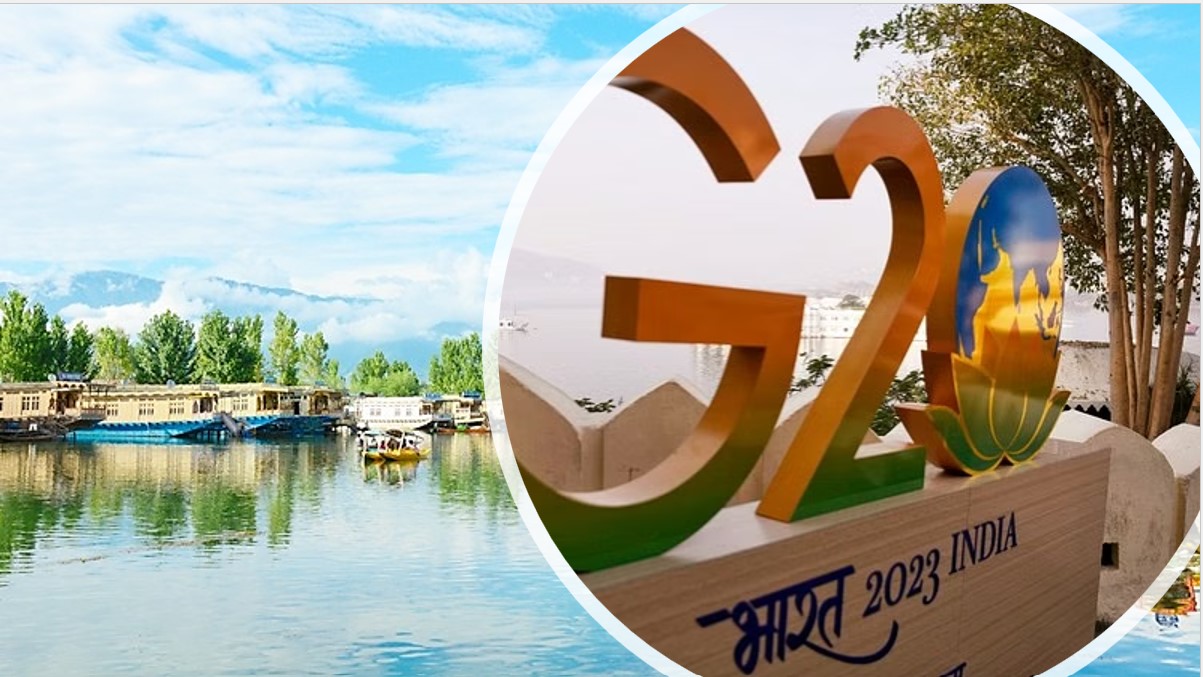
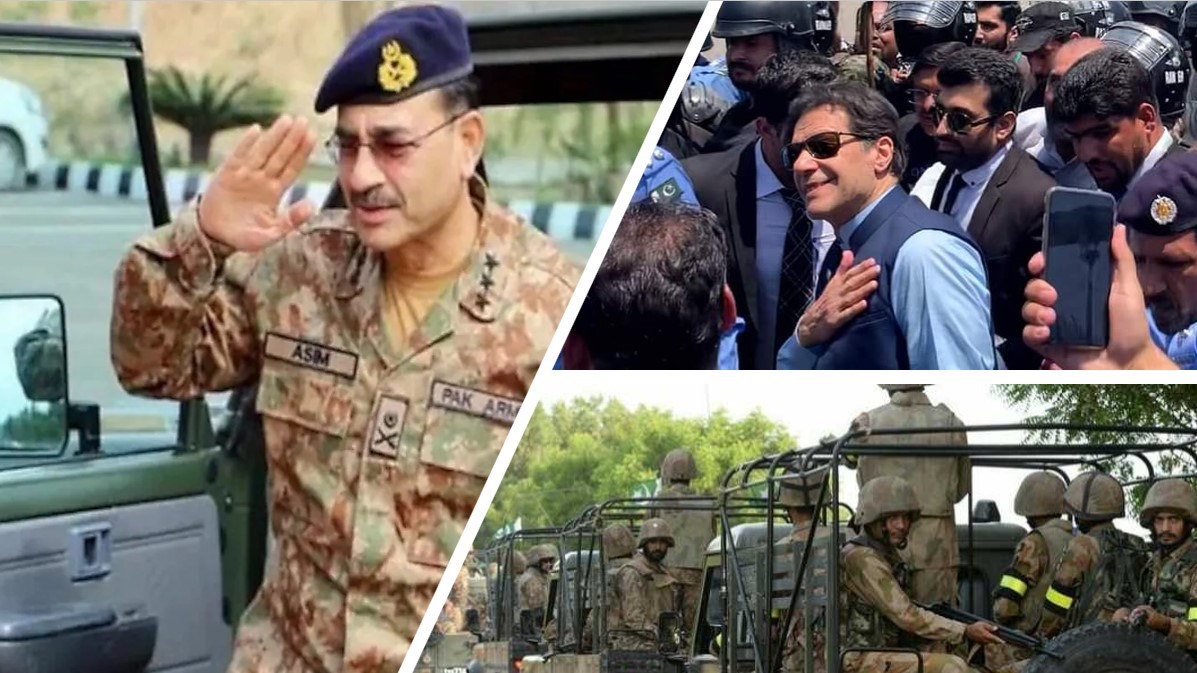
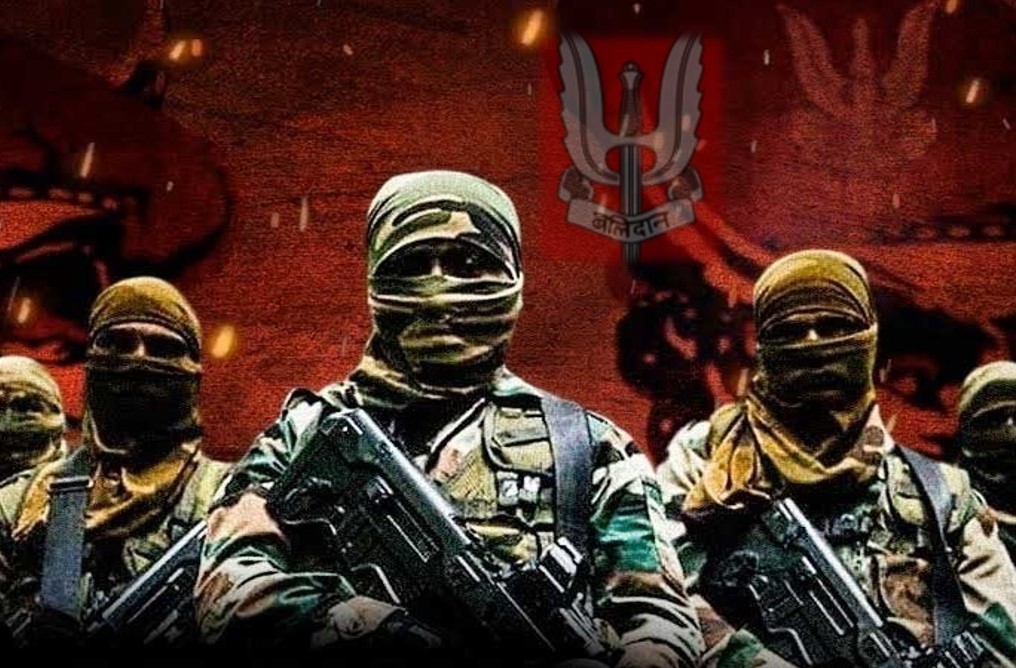
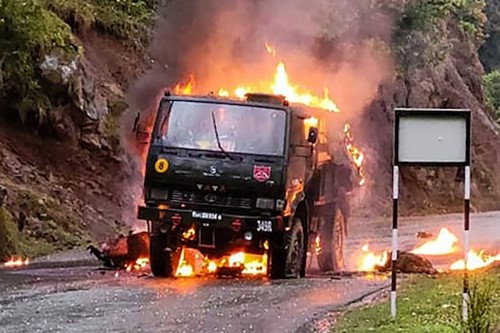
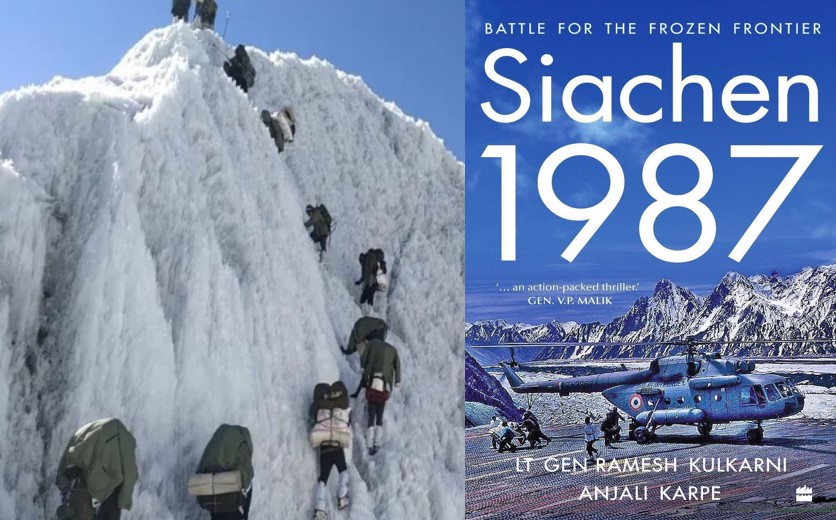
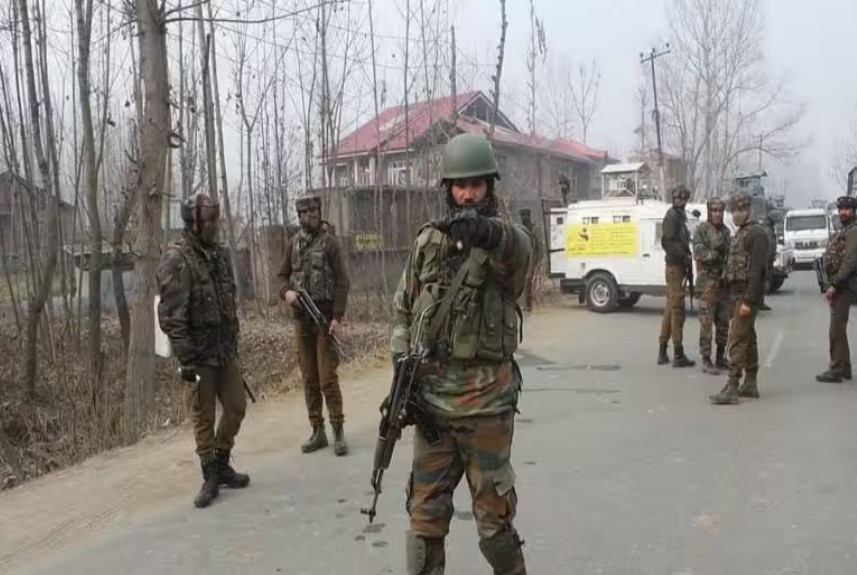
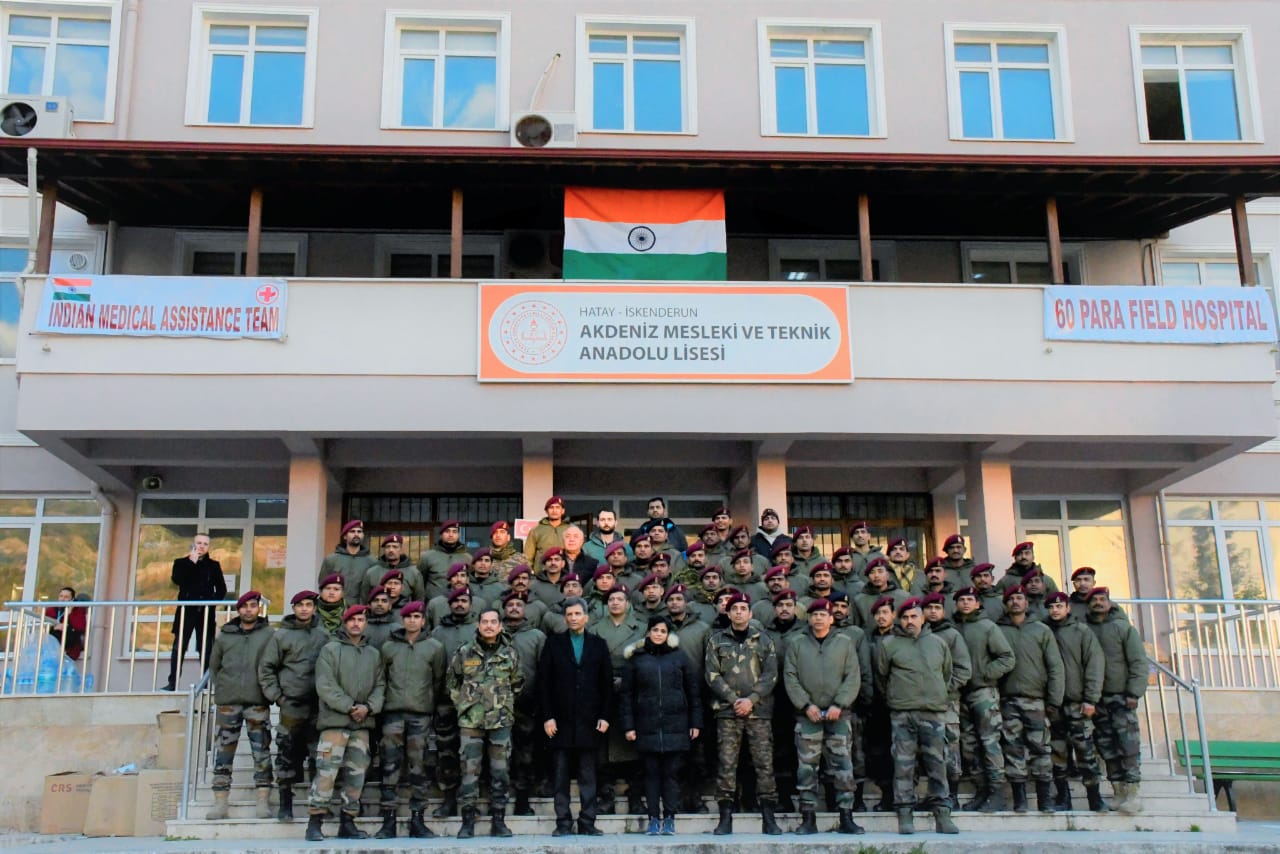







POST COMMENTS (15)
Yogii
sandeep kumar
roney
BHAVIL
Reader
Rakesh
Indian
M I
Tajinder
Vinay
Sushil Kapoor
Ashvin
Kushal
Harilal Patel
Guru